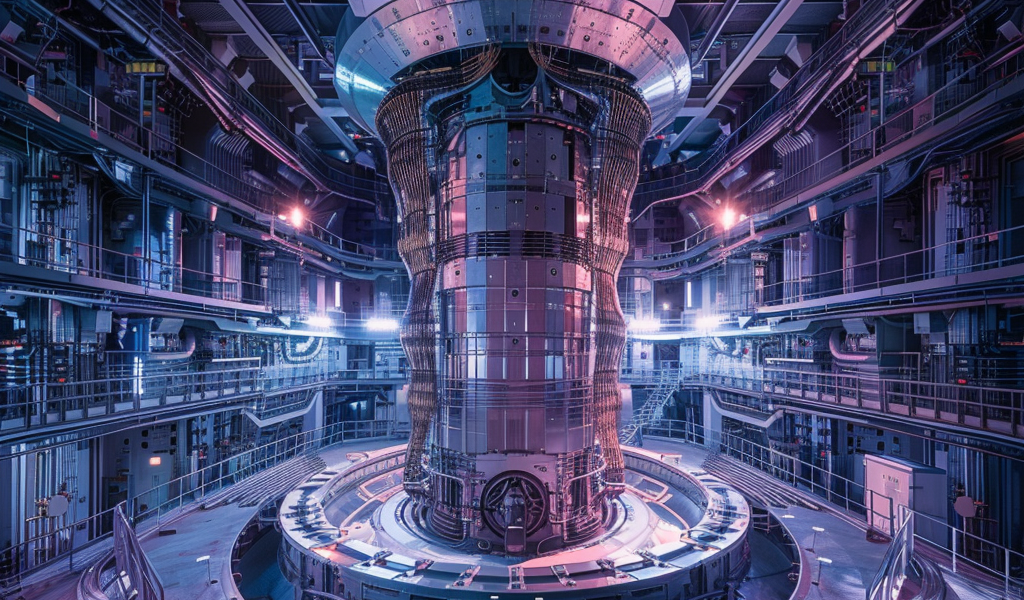China has taken a significant step in the pursuit of clean energy with its artificial sun project. The country’s Huanliu-3 nuclear fusion reactor recently achieved a major milestone by generating a unique magnetic field for the first time.
The Huanliu-3 reactor, also known as HL-3, is a tokamak that involves collaboration among 17 labs and facilities worldwide. This development marks China’s entry into the global effort to create a massive nuclear fusion reactor, joining other active tokamak experiments that contribute to projects like the International Thermonuclear Experimental Reactor (ITER).
While China’s HL-3 reactor demonstrates the country’s progress in nuclear fusion research, it is not the largest reactor in operation. The milestone achieved by HL-3 is specific to its own timeline and does not signify immediate energy production capabilities. Despite this, the reactor serves as a testing ground for advanced technologies that could benefit projects like ITER in the future.
A tokamak functions as a containment vessel for superheated magnetic plasma, utilizing powerful magnets and cooling systems to facilitate nuclear fusion reactions. The ultimate goal is to replicate the energy-producing reactions that occur in stars, albeit on a much smaller scale.
The successful generation of a novel magnetic field design by HL-3 is a significant breakthrough in tokamak research. The magnetic field plays a crucial role in confining the plasma required for fusion reactions, which occur at temperatures exceeding a million degrees. This achievement paves the way for further advancements in the field of nuclear fusion technology.
As countries like China continue to make strides in nuclear fusion research, the potential for sustainable and abundant energy sources grows. While challenges remain in scaling up fusion reactors for practical energy production, each milestone reached brings us closer to unlocking the full potential of this groundbreaking technology.





